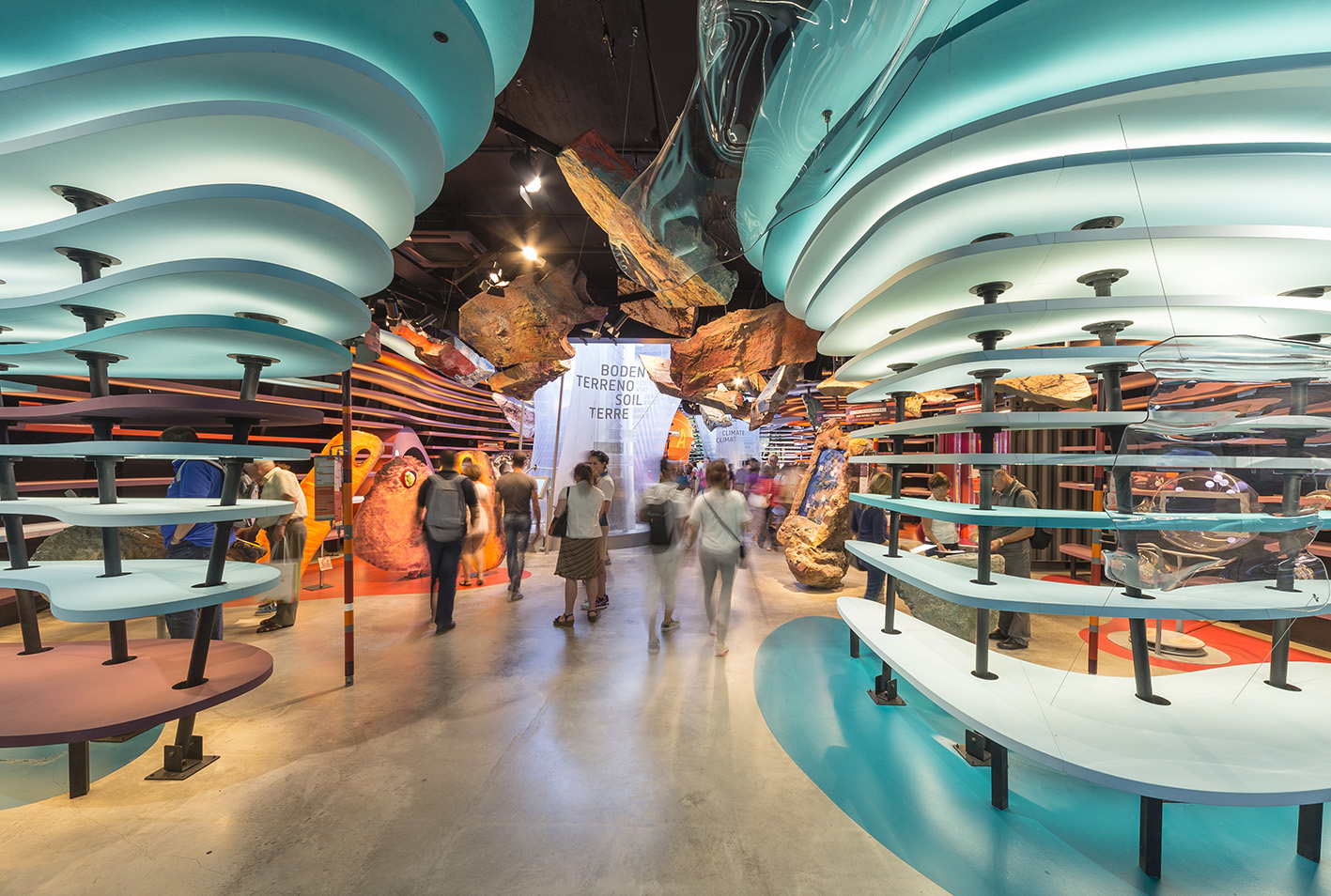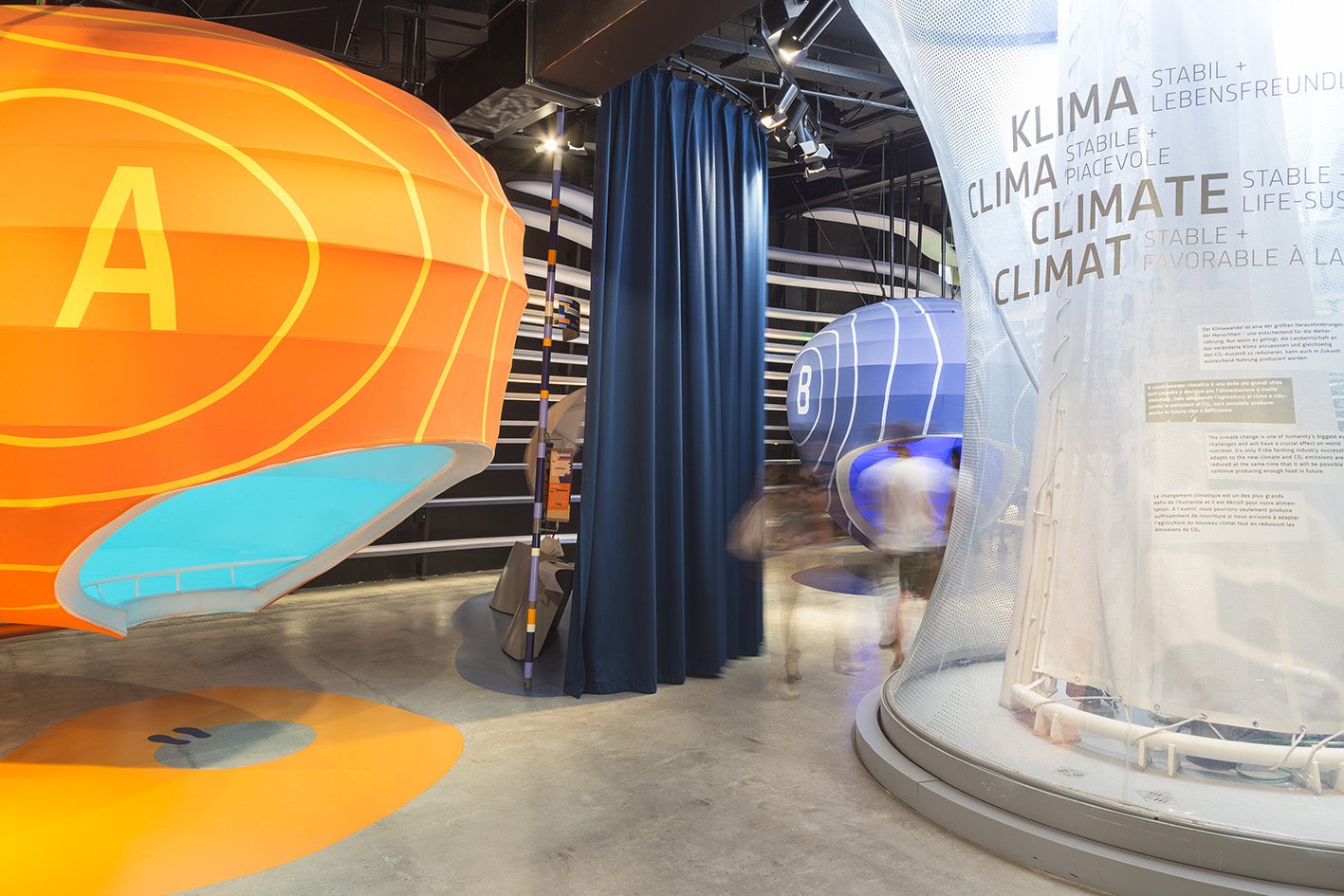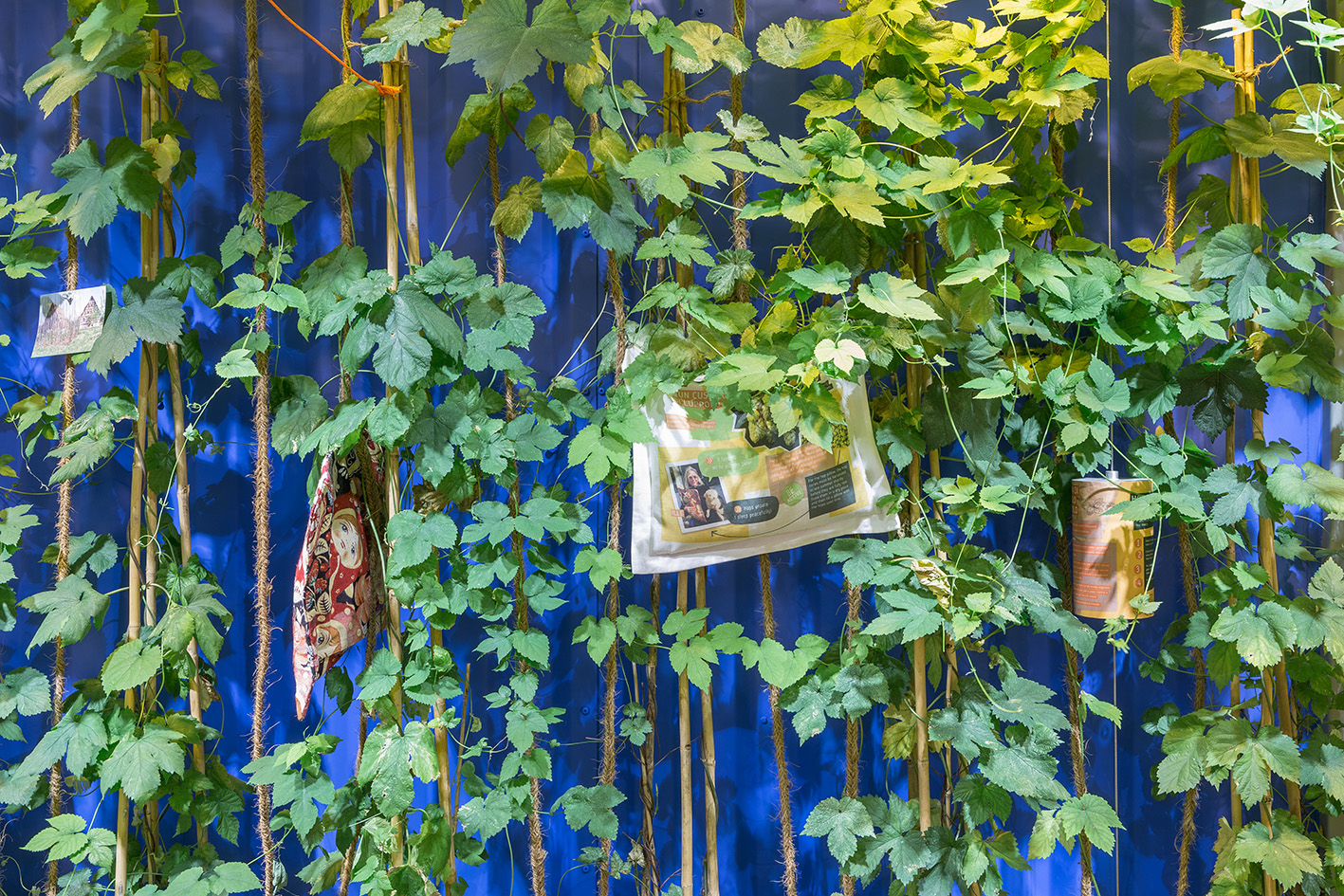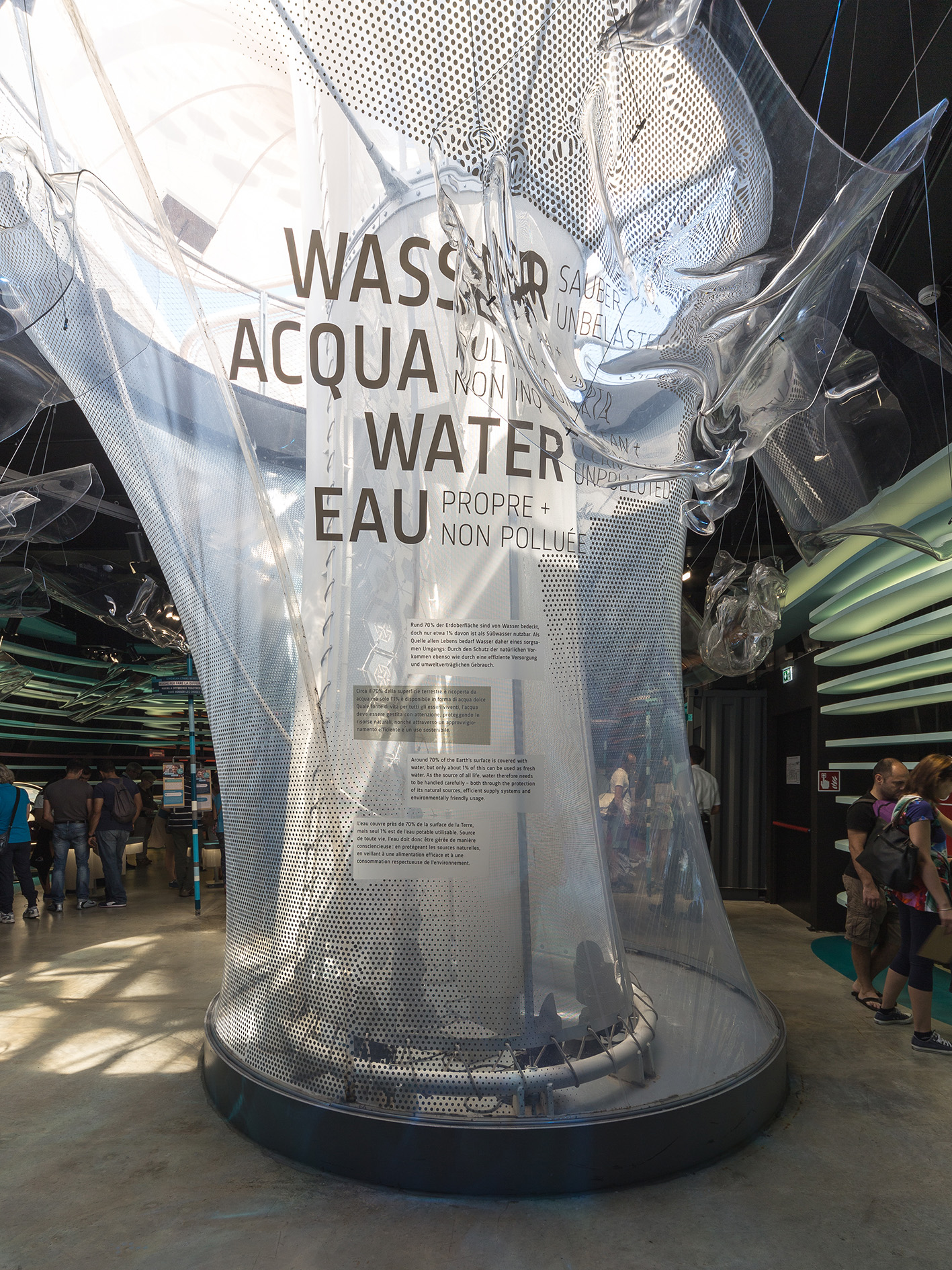16 September 2015
Like Austria, Germany has come up with a pavilion inspired by the nature of its territory, but it has done so in a diametrically opposite way. The German answer to the woods of their Austrian cousins, set inside a rectangular block that is impenetrable from the outside, is a construction open on several fronts, highly articulated in form and with a steel structure and an adjustable lamellar façade made of fiber cement. On a site of 4913 square meters, the largest assigned by the Expo to any of the guest countries, the Schmidhuber architectural firm has carried out a high-tech transposition of a slightly upward sloping plateau, with stylized trees sprouting from the highest area of the pavilion. There are two ways of gaining access to these Fields of Ideas, as the section has been called: you can enter from the ground floor, making your way gradually through all the most innovative German research projects (in a display designed by Milla & Partner of Stuttgart), or directly from the upper area and sit on the benches in the open or interact with the Solar Trees, elements of connection between the architectural layout and the exhibition proper that form a sort of protective roof with their “crowns.” From the technological viewpoint, the Solar Trees are the showpiece of this site: they make use of organic photovoltaic technology, whose modules function at any orientation, even when the light is diffuse and indirect. The current produced in the daytime is stored and used to power a ring of LED lamps that illuminates the structure at night, reducing the consumption of electric energy. The cultural project is in tune with the architectural design and is intended to make people aware of the fact that the forces of nature are fundamental to human nutrition. It takes visitors on a journey through water, earth, climate and biodiversity, with texts, images and videos that analyze the different themes and allow people to interact through what are called SeedBoards, tablets equipped with sensors and markers that offer information on particularly innovative projects. These last include a gene bank of crop plants, an experimental cattle shed, a weather center and an example of precision farming. The interaction can also be initiated at the base of the plants, from where it is possible to ask someone on the upper floor to “work” on performing a particular task. In essence, the message of the industrious Germans is: be active! Get involved and save nature, and as a consequence yourself.













